Fasting by days of 2018. What you can eat during Great Lent
Orthodox Lent is considered the most stringent. Moreover, many associate it almost with starvation, so many refuse it only because they do not know what you can eat during this period.
Unlike other Orthodox posts, the Great lasts 48 days and does not always fall on certain dates. In 2018, its beginning falls on February 19 and it ends with Easter on April 8. The main purpose of fasting is spiritual improvement, therefore, it is a mistake to think that you just need to follow certain rules in nutrition. All this is done in order to be able to curb your desires and understand the true needs of your body.
The severity of Lent
According to church charters, the schedule of food during Lent is as follows - from Monday to Friday, one should adhere to dry eating. On weekends (Saturday, Sunday) you can eat any lean food, with the addition of vegetable oils.
What is dry biting? This is one of the degrees of strict fasting. At this time, it is allowed to eat any vegetables (raw, dried, pickled), greens, bread, honey and water. You can cook without the addition of vegetable oils and other flavors.
However, this order of nutrition refers only to monastery practice. As for the laity, they, at their discretion, choose one of the options for observing it:
- Strict:
- on the first day of fasting and on Friday before Easter, you must refuse to accept any food;
- 3 days a week (Monday, Wednesday, Friday) need to adhere to dry eating;
- 2 days a week (Tuesday, Thursday) you can eat any hot lean food, but without the addition of vegetable oils;
- 2 days a week (Saturday, Sunday) the addition of vegetable oils to food is allowed.
- Less strict:
- on the first day of fasting and on Friday before Easter, you must adhere to dry eating and not add vegetable oils to food;
- on all other days, plant foods prepared with the addition of vegetable oils are allowed.
Any food of animal origin during Lent is prohibited.
Daily menu
We suggest considering a weekly meal plan, scheduled daily.
First week:
- February 19th. The monastic charter on this day advises to completely refuse any food. But you should be guided by the state of your body. If you think that you can’t cope with it, then you can eat any plant products without oil in moderation.
- February 20th. On this day, it is allowed to eat any vegetables and fruits without spices, bakery products for the preparation of which oil was not used.
- February 21st. Allowed bakery products, vegetables and fruits without oil and spices.
- February 22. You can vegetables, fruits and bread.
- February 23. Allowed the same as on the previous day.
- 24 February. On this day, vegetable oils can be added to food. That is, on this day, vegetables can be fried, and season the soup with dressing.
- 25 February. As on the previous day, vegetable oil is allowed. Including you can eat pastries, which include vegetable oil.
Second week:
- February 26 - the monastic charter requires dry-eating.
- February 27 - dry eating. By this time, some may already be tired of such a diet, so vegetable oil can be replaced with vegetable juice. For example, when preparing a salad of carrots or cabbage, you need to rub them well with your hands until they let the juice go.
- February 28 - you can eat vegetables, fruits and bread. To maintain immunity, it is recommended to eat natural honey.
- March 1 - dry eating. You can vary your menu with mashed beans. However, you can not add vegetable oil on this day.
- March 2 - as on the previous day, only bread, vegetables and fruits are allowed. Those who find it difficult to do without dessert can be offered a baked pumpkin or apple with natural honey.
- March 3 - today again you can use vegetable oils.
- March 4 - vegetable oil is allowed. Therefore, today, your favorite porridge, you can spice it up by frying vegetables or with the addition of mushrooms.
Third week:
- March 5 - vegetables can only be eaten without oil. For salad dressing, you can use, for example, soy sauce, natural lemon or orange juice.
- March 6 - dry eating. To diversify your diet, you can cook a paste of beans or vegetables, but without oil.
- March 7 - you can eat bakery products, fruits and vegetables.
- March 8 - dry eating. During such days, canned beans, corn or peas, which can be added to plant foods, are good salvages.
- March 9 - dry eating. As a tasty and at the same time useful snack, you can now use carrots, which are rubbed on a fine grater and mixed with chopped nuts or dried fruits. Such a salad can be sprinkled with apple or lemon juice.
- March 10 - on this day for cooking you can use any vegetable oil.
- March 11 - any plant food with oil is acceptable.
Fourth week:
- March 12 - again dry-eating. To avoid vitamin deficiency, during this post you need to eat berries (frozen ones will do).
- March 13 - dry eating. In order not to be so dreary, on such days it is allowed to experiment with exotic fruits. For example, with avocado.
- March 14 - as on other days, when you need to stick to dry eating, you can vegetables, fruits and lean pastries.
- March 15 - you can eat the same as on the previous day.
- March 16 - dry eating. In those days when vegetable oils cannot be added to food, pay attention to greens.
- March 17 - you can eat any plant food with oil.
- March 18 - vegetable oils can be used. People often forget that you can eat mushrooms during this period. Thus, you can perfectly diversify your menu.
Fifth week:
- March 19 - today only vegetables and fruits are allowed, as well as bakery products without butter.
- March 20 - stick to dry eating.
- March 21 - the monastic charter on this day allows the use of vegetable oils for cooking lean dishes.
- March 22 - despite the fact that it is Thursday, the monastic charter today also allows the use of vegetable oils.
- March 23 - dry eating.
- March 24 - as on other Saturdays, vegetable oil is allowed on this day.
- March 25 - today vegetables can be cooked with vegetable oil.
Sixth week:
- March 26 - dry eating. To diversify the menu, you can cook vegetable chips, but without vegetable oil.
- March 27 - dry eating.
- March 28 - any fruits and vegetables are allowed, as well as bread, but without vegetable oils.
- March 29 - dry eating. It is worth recalling that during fasting, the only way to enhance the taste of dishes is salt. Any seasonings and spices are now banned.
- March 30 - eat vegetables, fruits and bread.
- March 31. On this day Lazarev Saturday will be celebrated. Therefore, fish roe is allowed.
- April 1 - Palm Sunday. This day is allowed the use of fish.
Last (passionate) week:
- April 2 - like every Monday, stick to dry eating.
- April 3 - vegetables, fruits and bread are allowed.
- April 4 - as on other days of dry-eating, you can eat fruits, vegetables and bread without vegetable oils.
- April 5th - Stick to dryness.
- April 6 - Good Friday falls on this day. On this day, it is recommended to refuse food.
- April 7 - this day will celebrate the Annunciation of the Blessed Virgin Mary. Therefore, the church allows you to eat fish. However, this year it coincides with Great Saturday, so it, as well as vegetable oil, is banned.
- April 8 - Easter. So now you can relax and eat everything. However, doctors warn against a large amount of fatty foods, otherwise it may adversely affect the state of the body, which is used to eating fast-food.
In addition, any cereal is allowed during fasting.However, on days when monastic traditions advise sticking to dryness, they should be prepared without the addition of vegetable oil. And so that the body does not suffer from a deficiency of protein products, it is necessary to include more nuts and legumes in your diet.

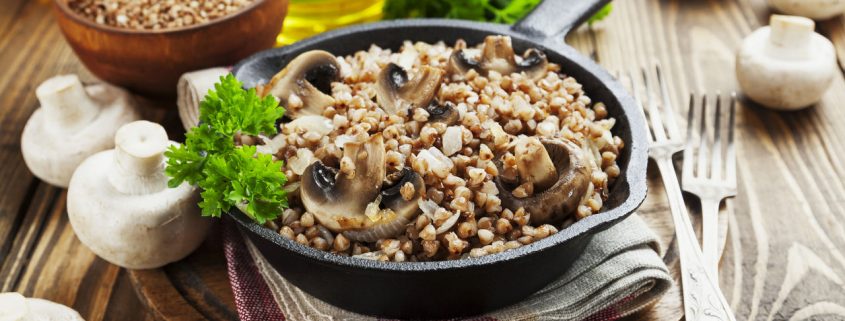
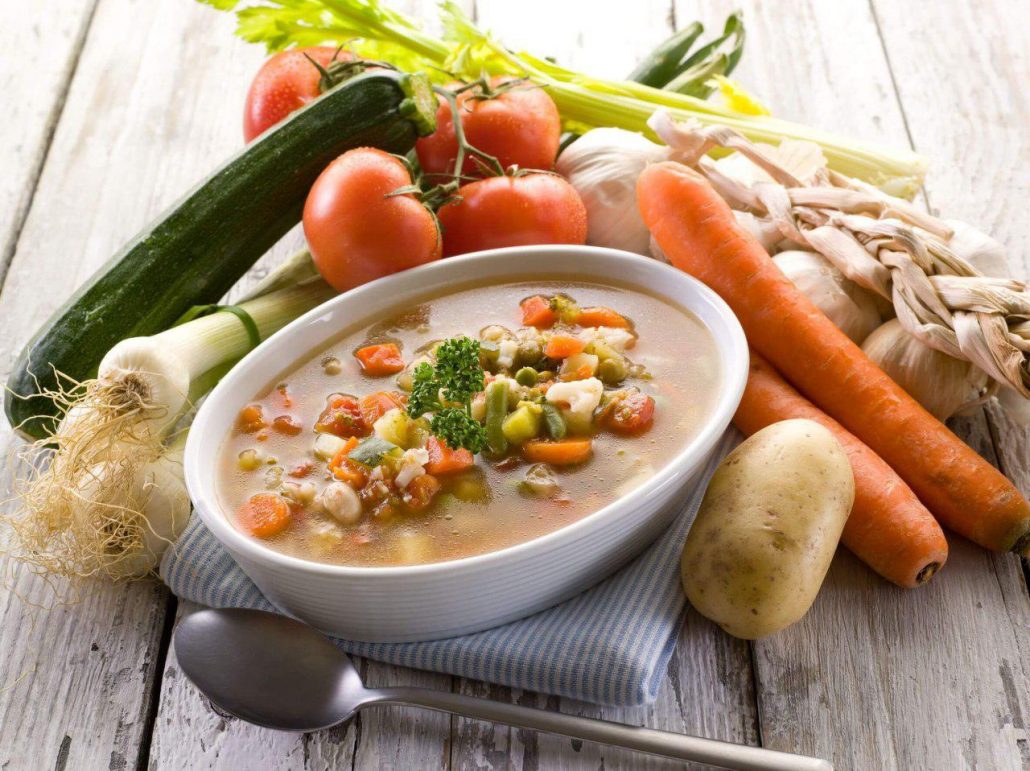


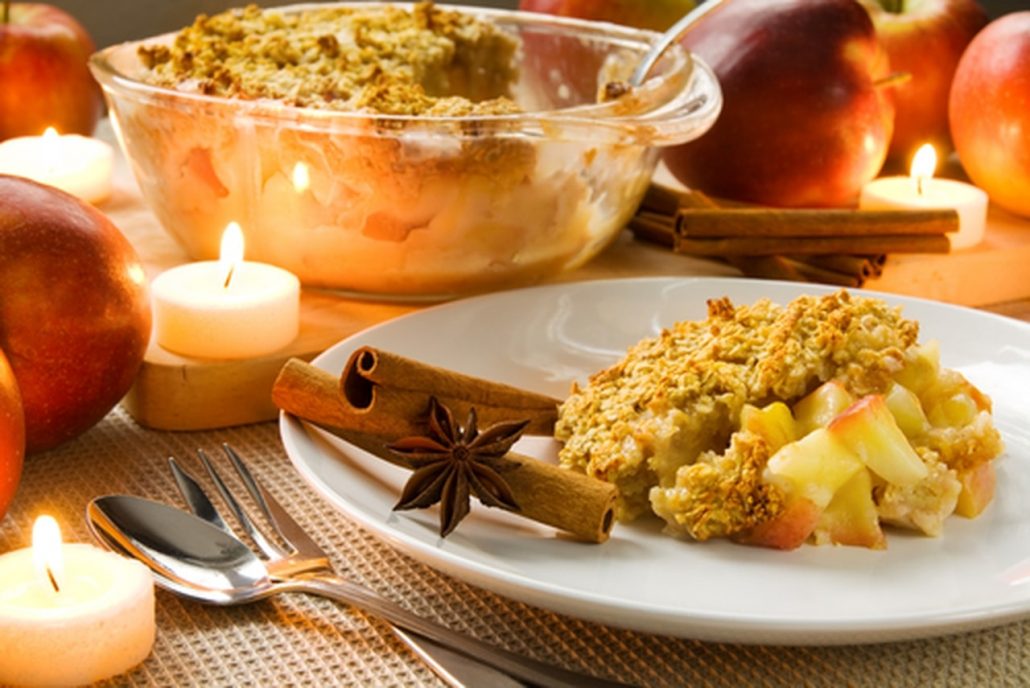
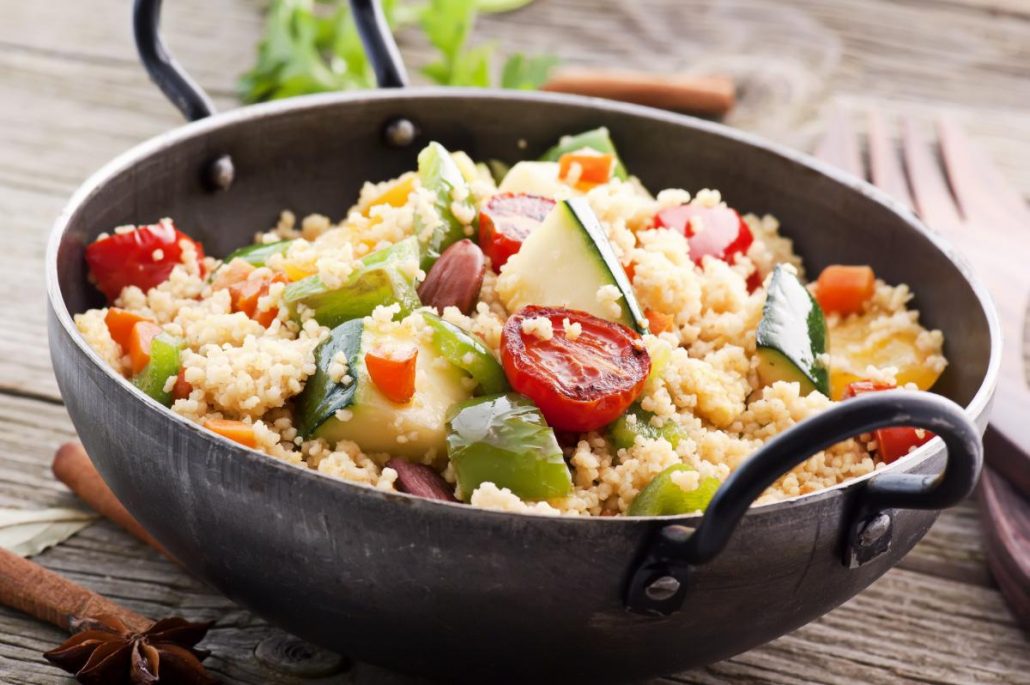
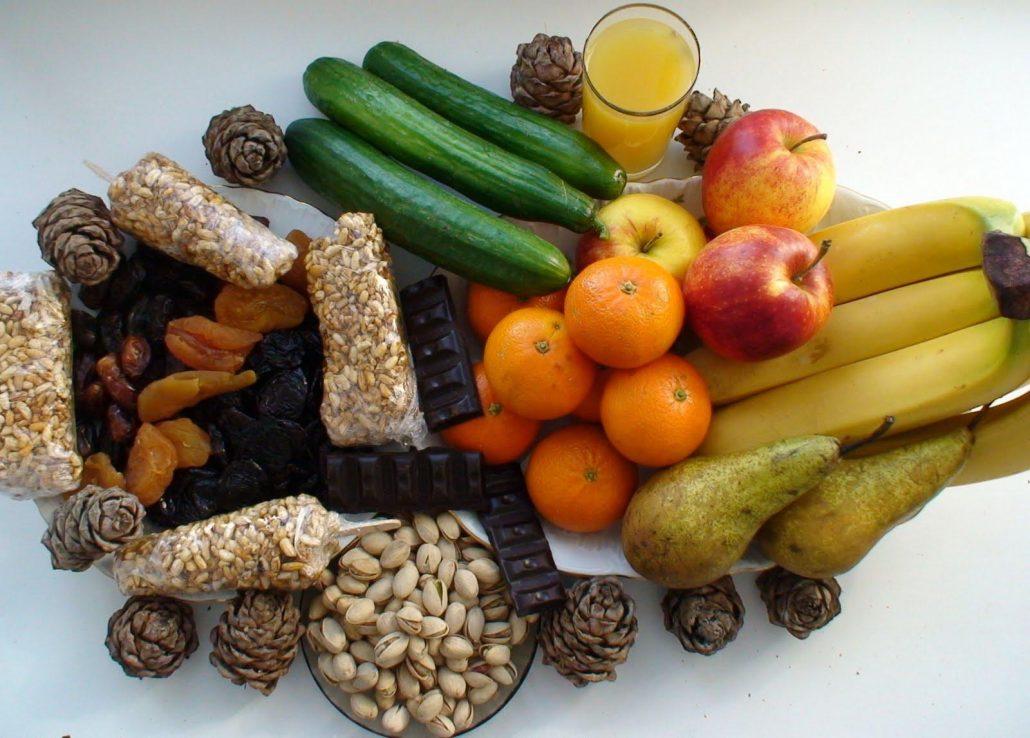
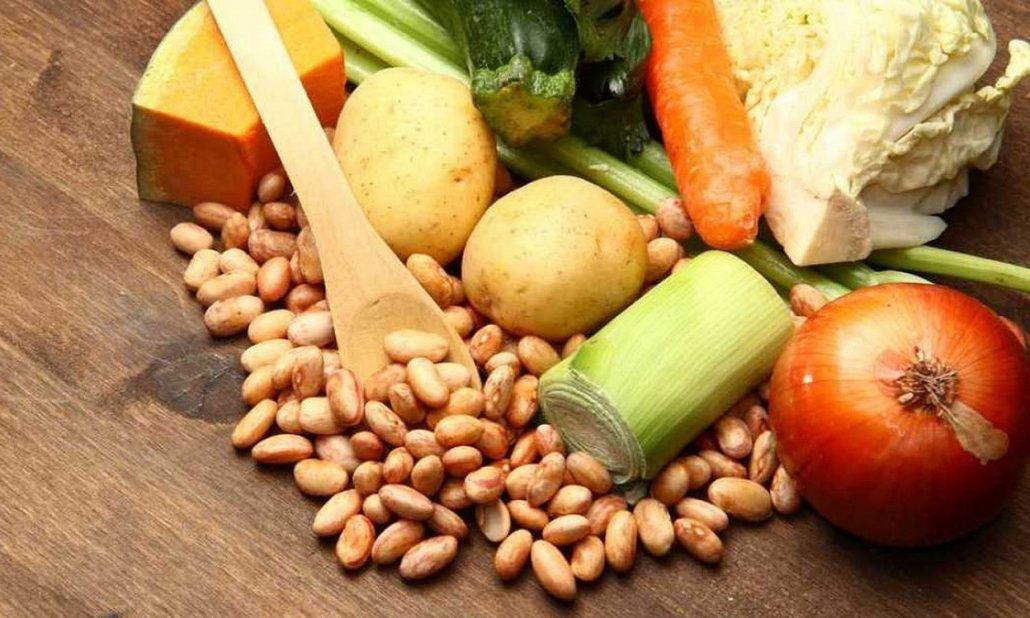
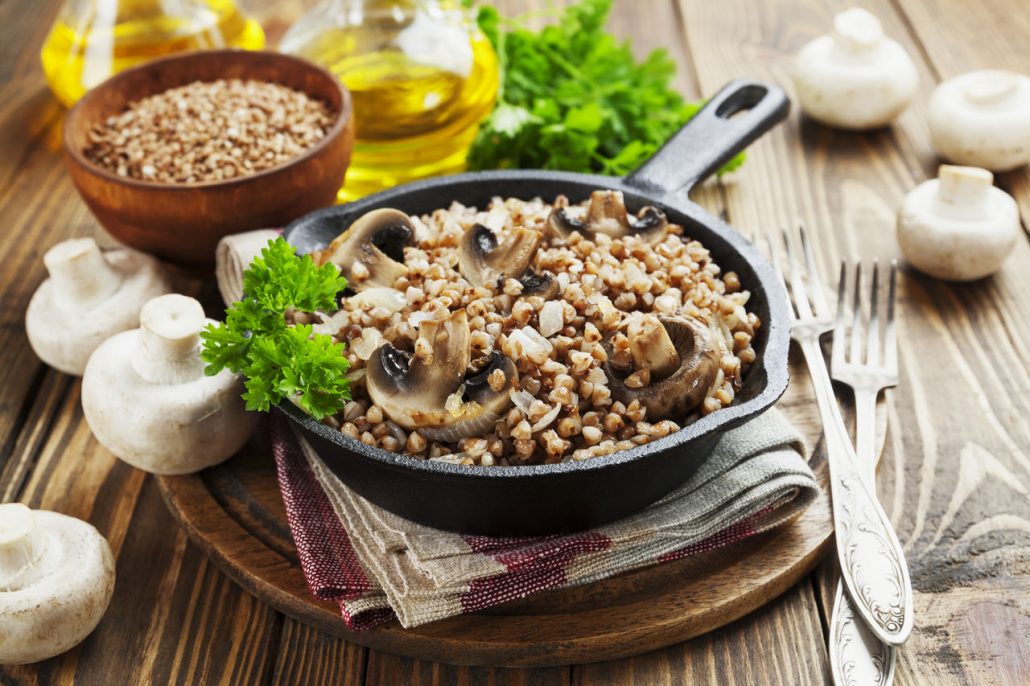
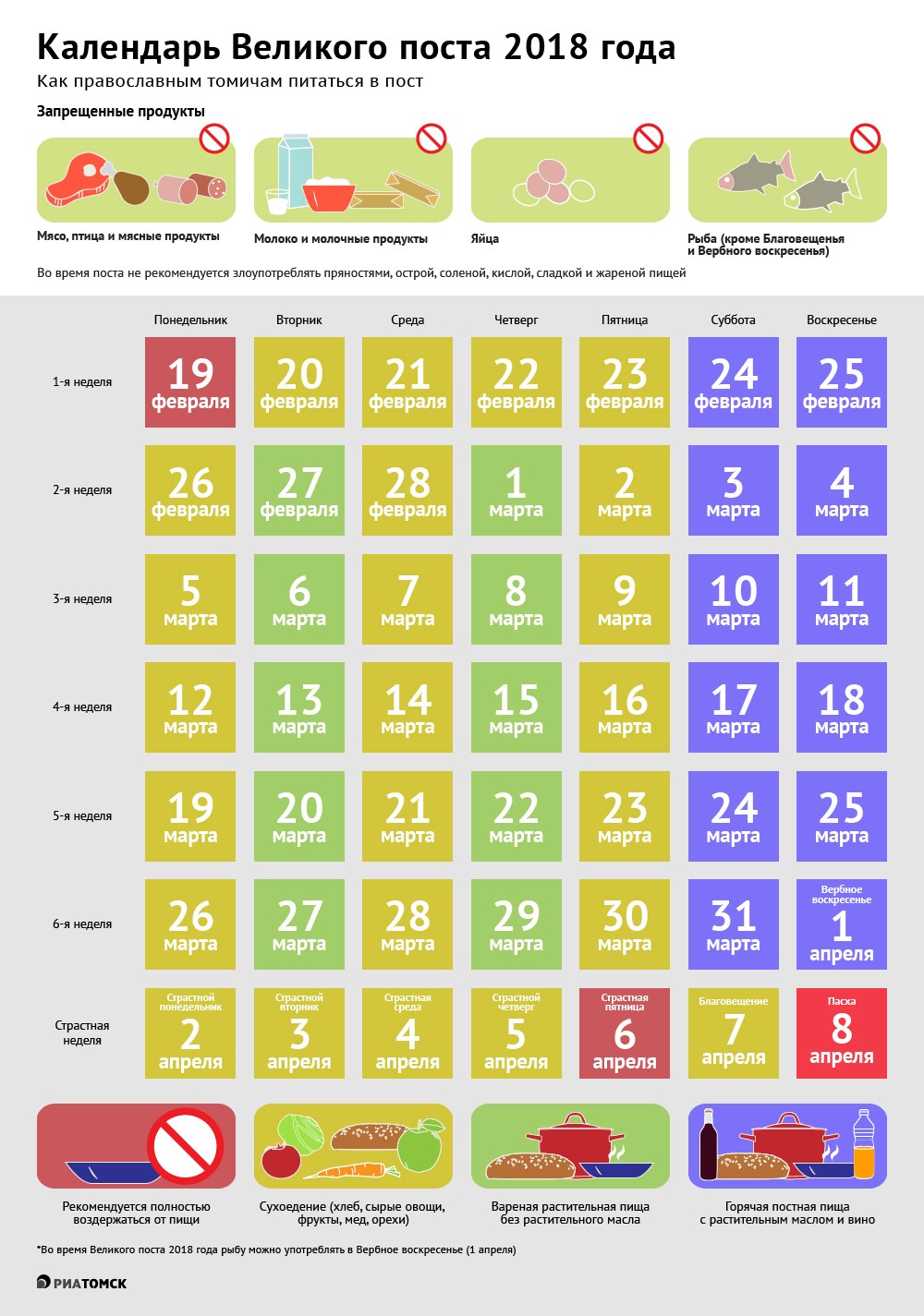
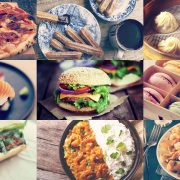











To answer
Want to join the discussion?Feel free to contribute!